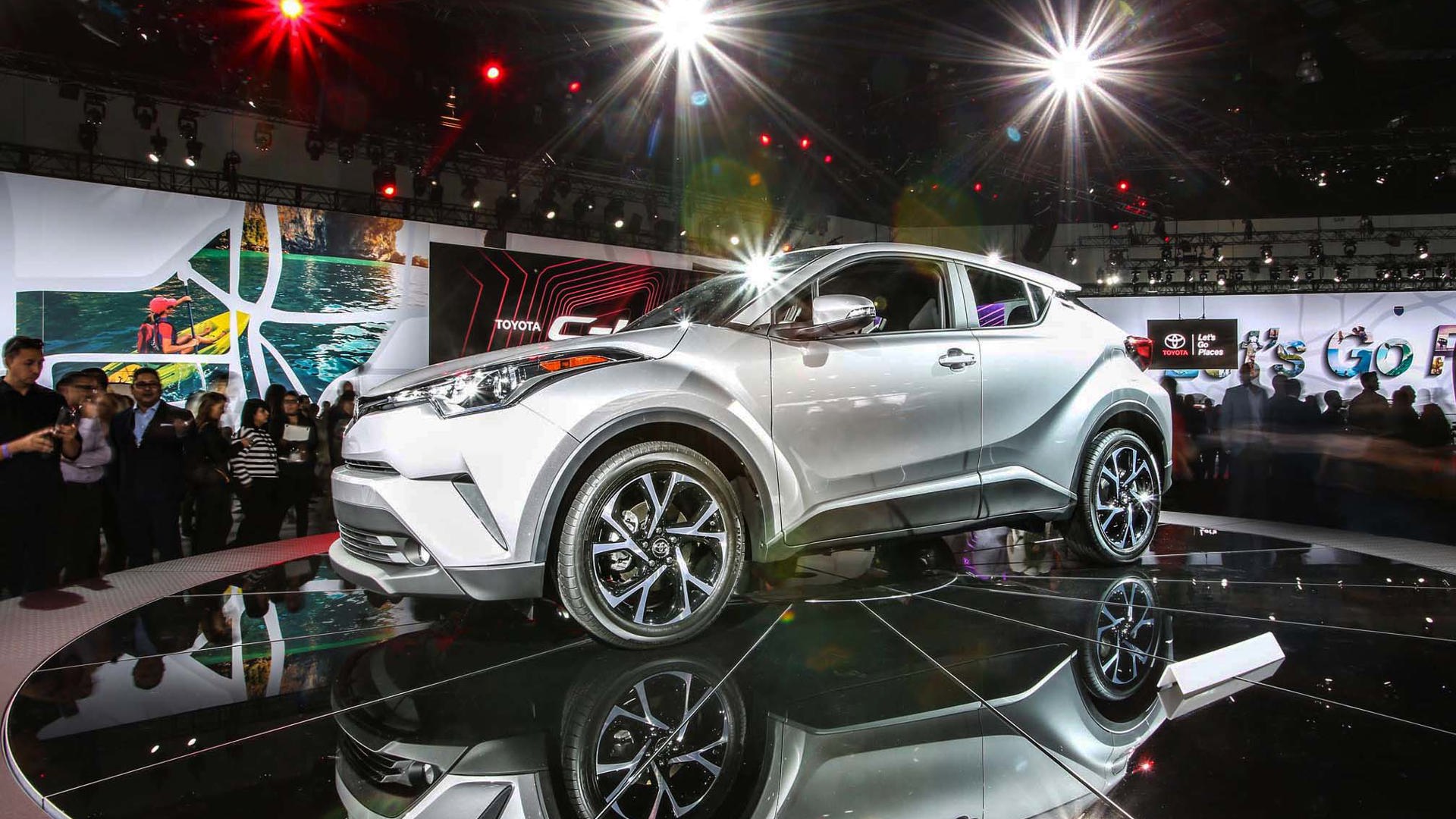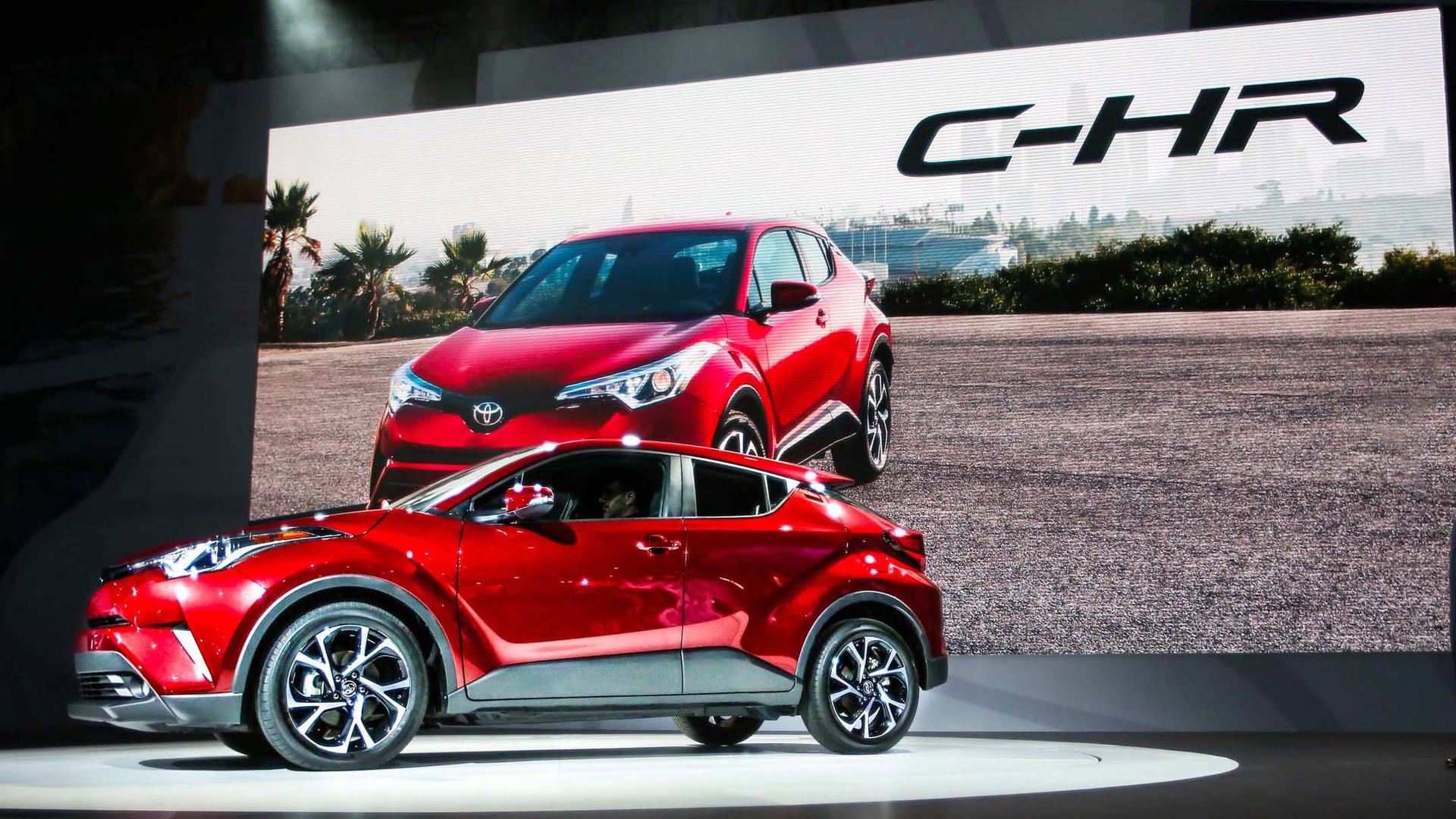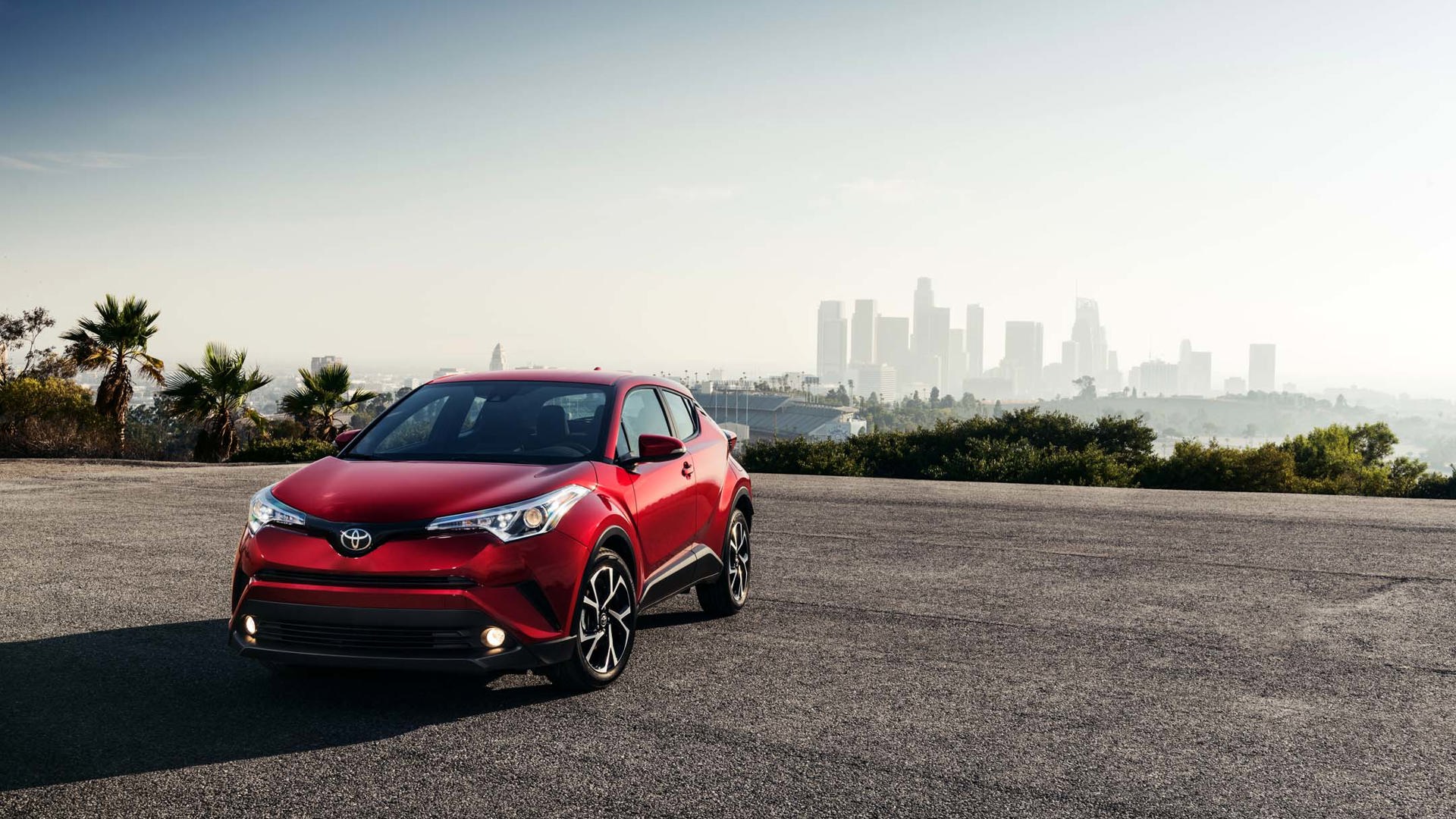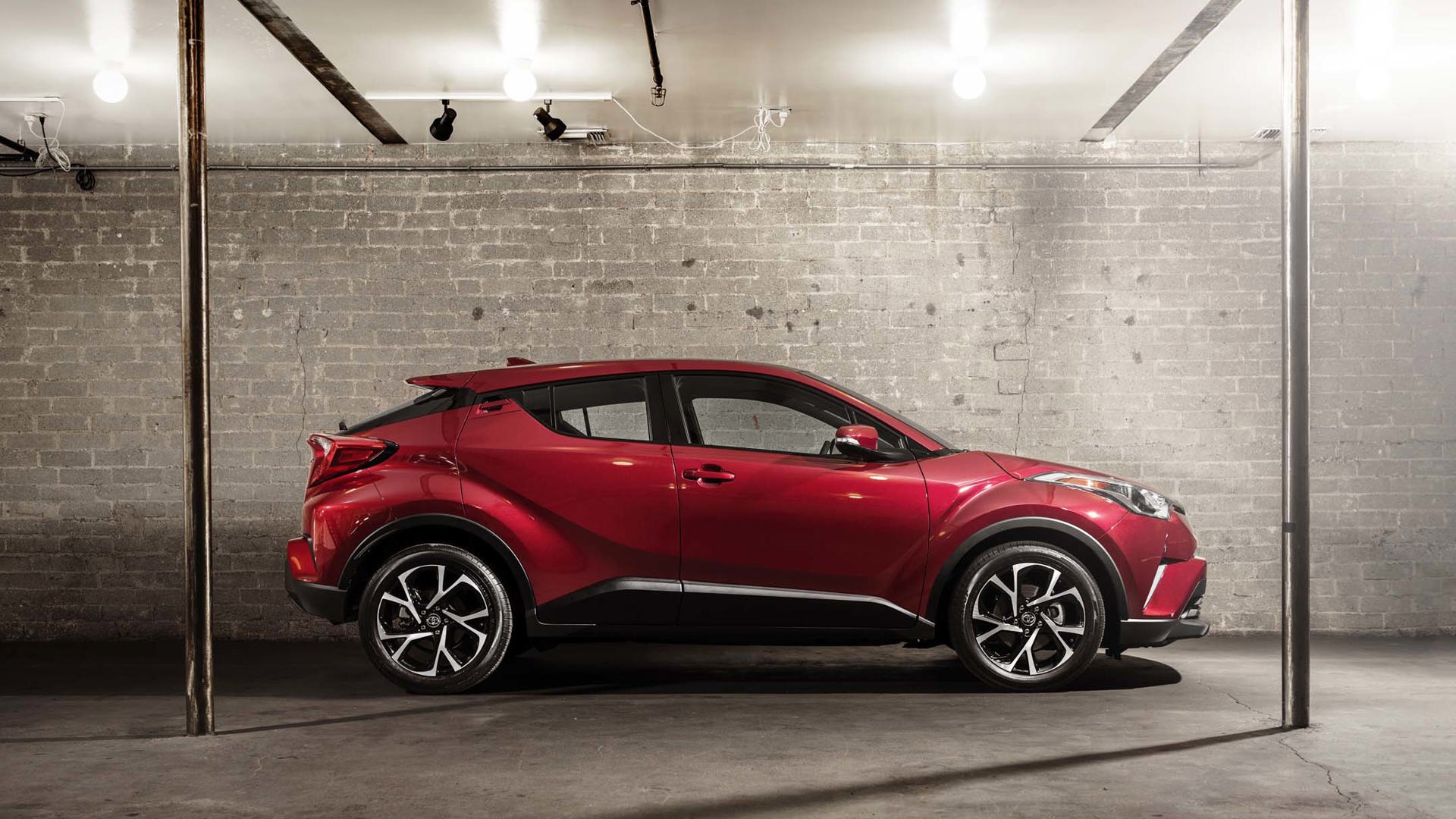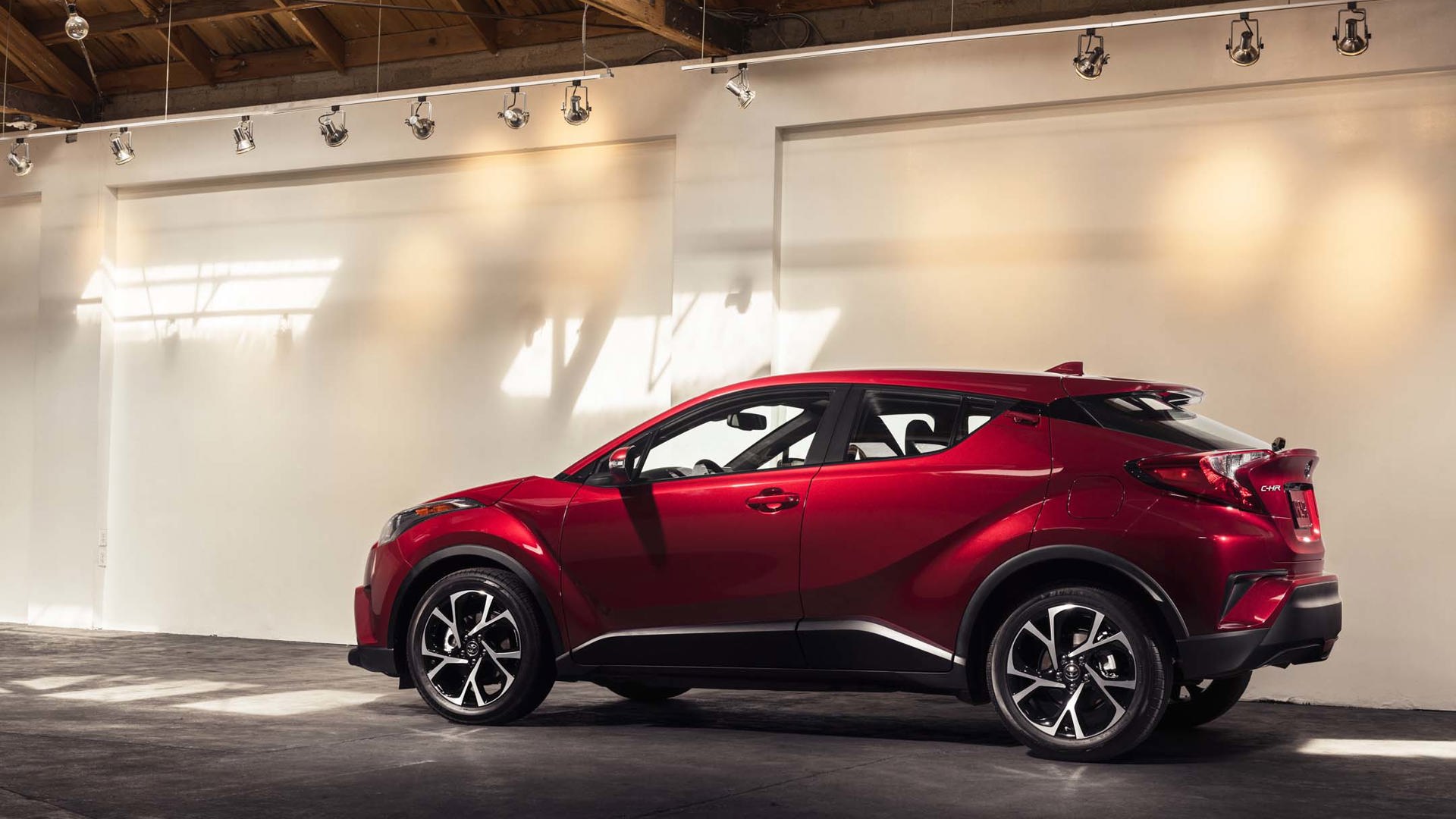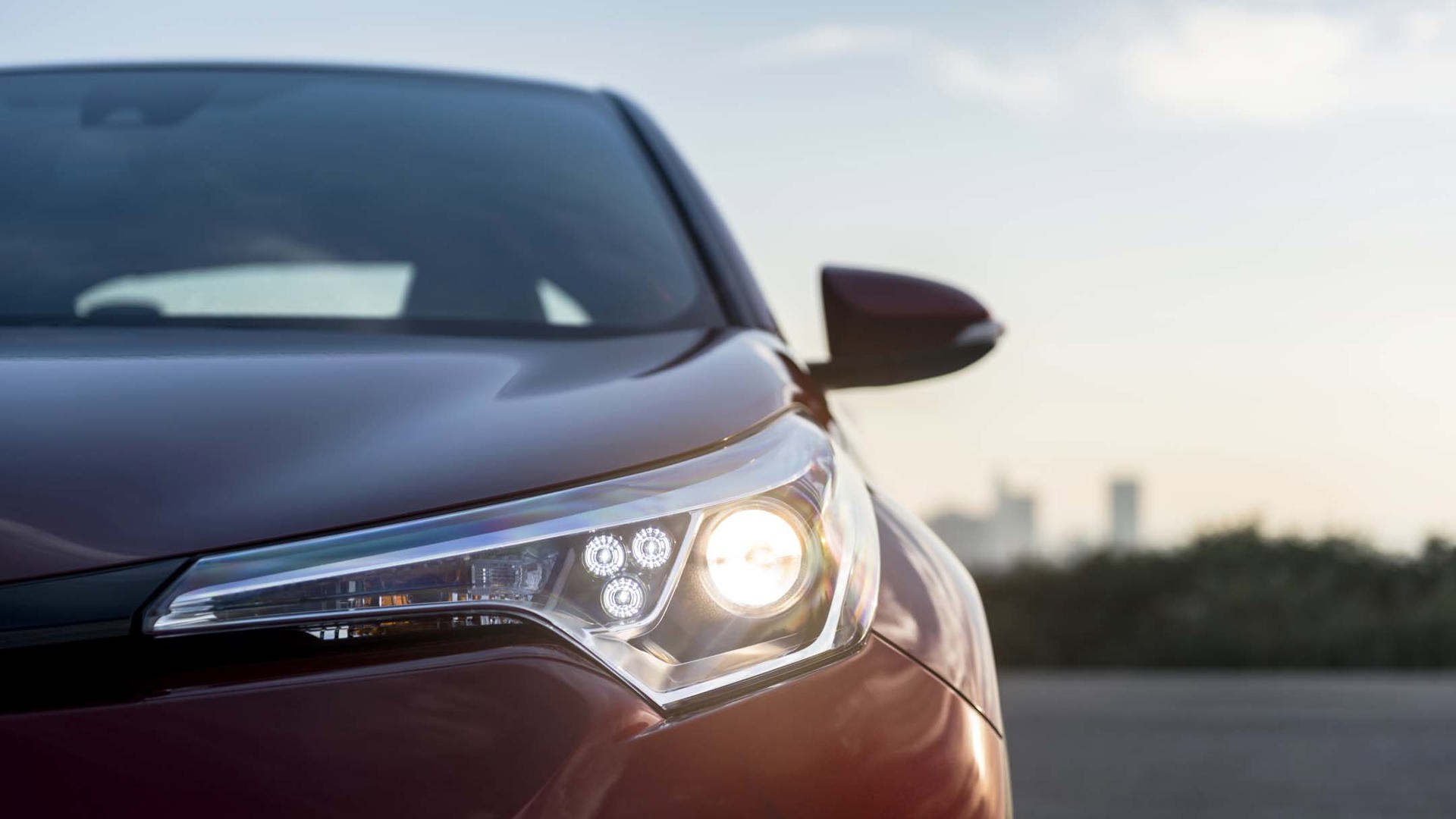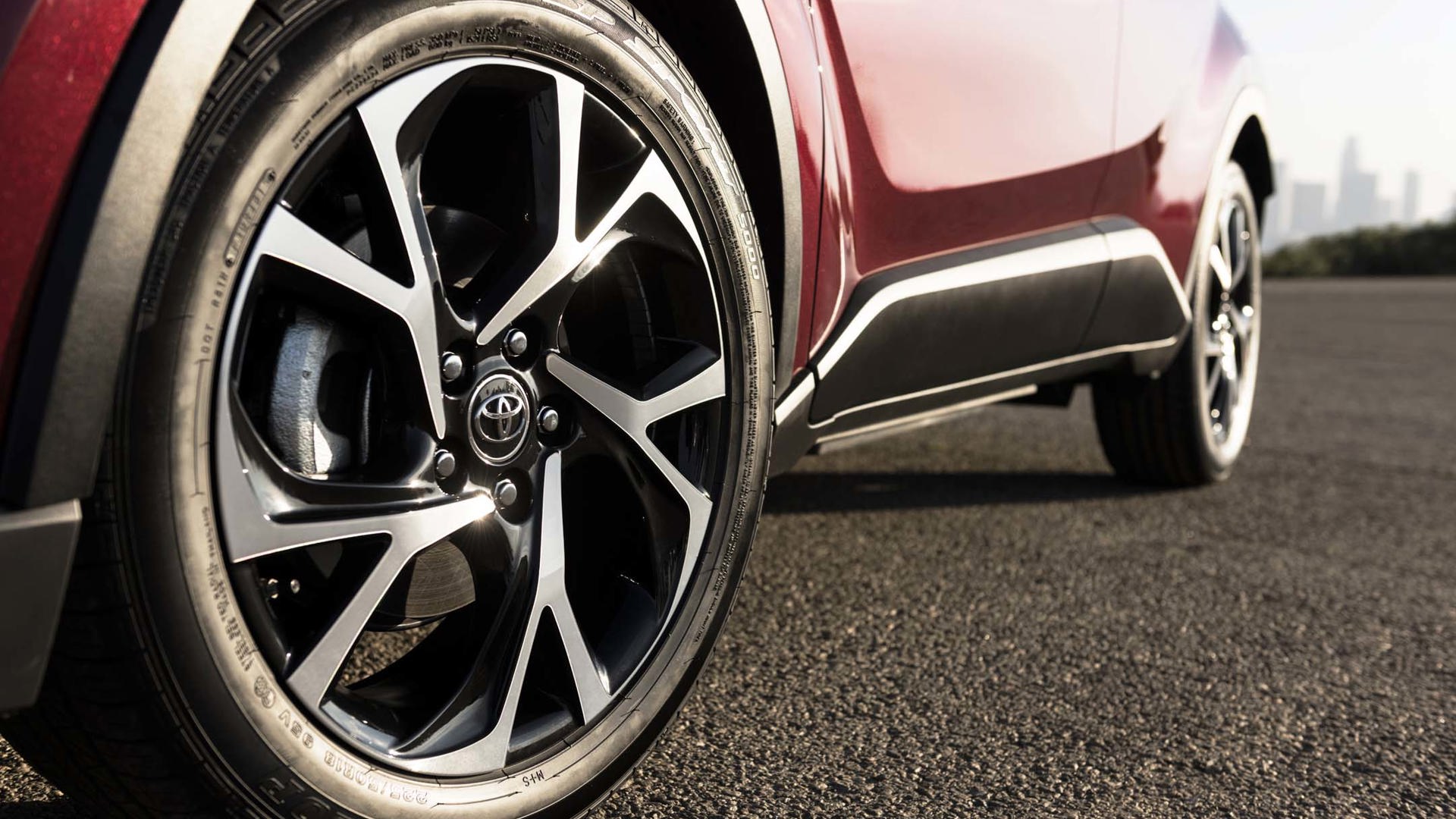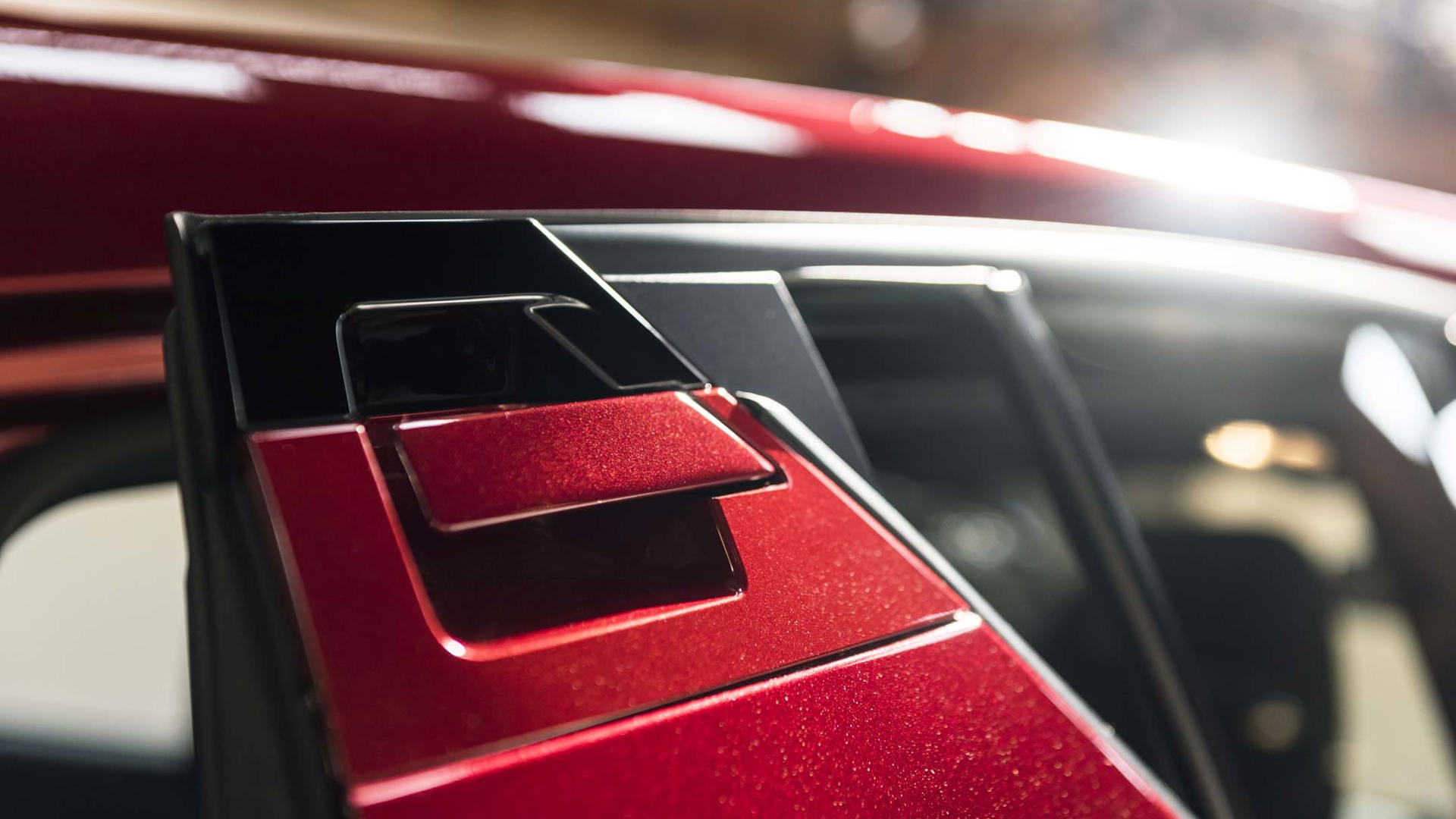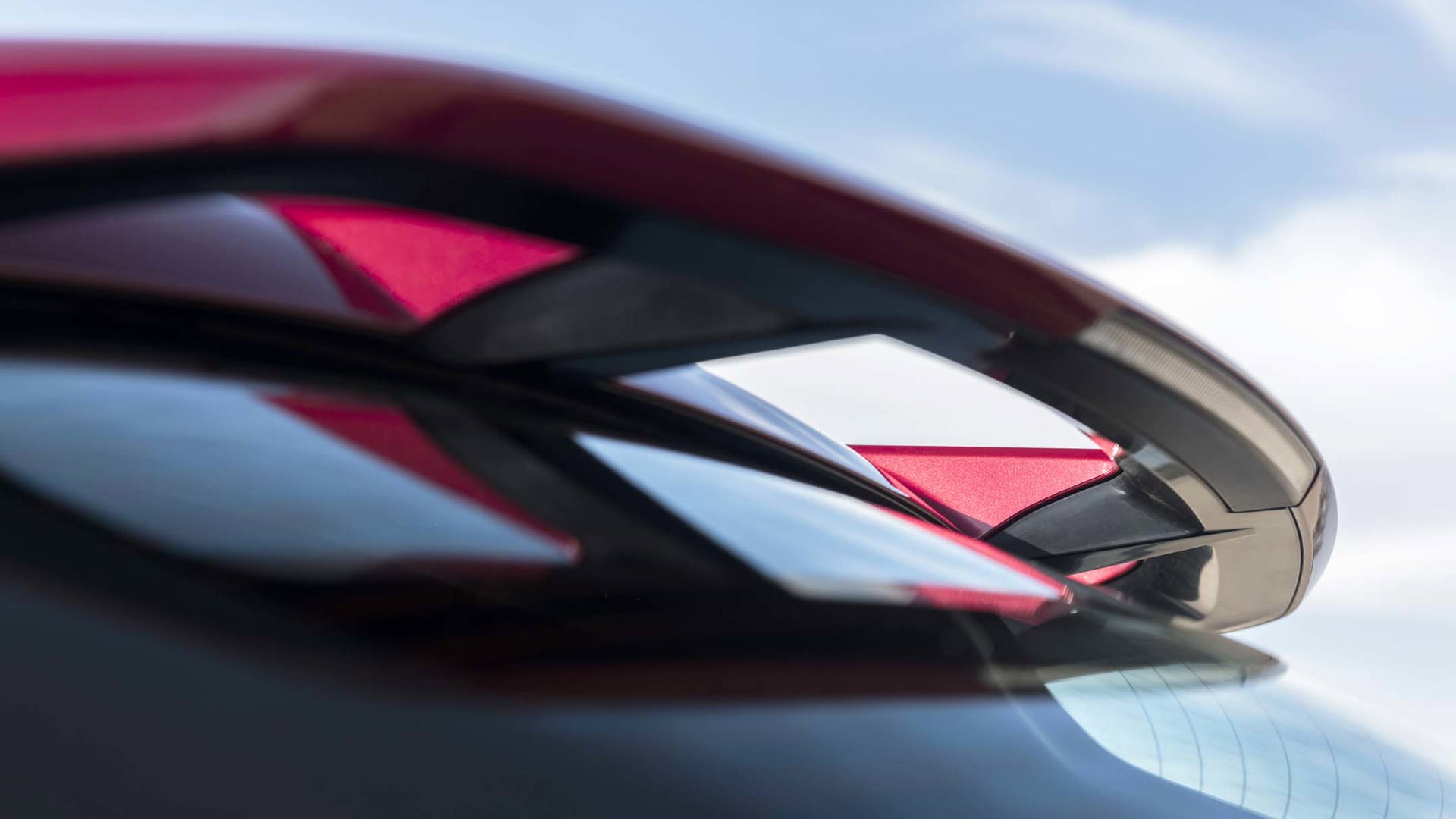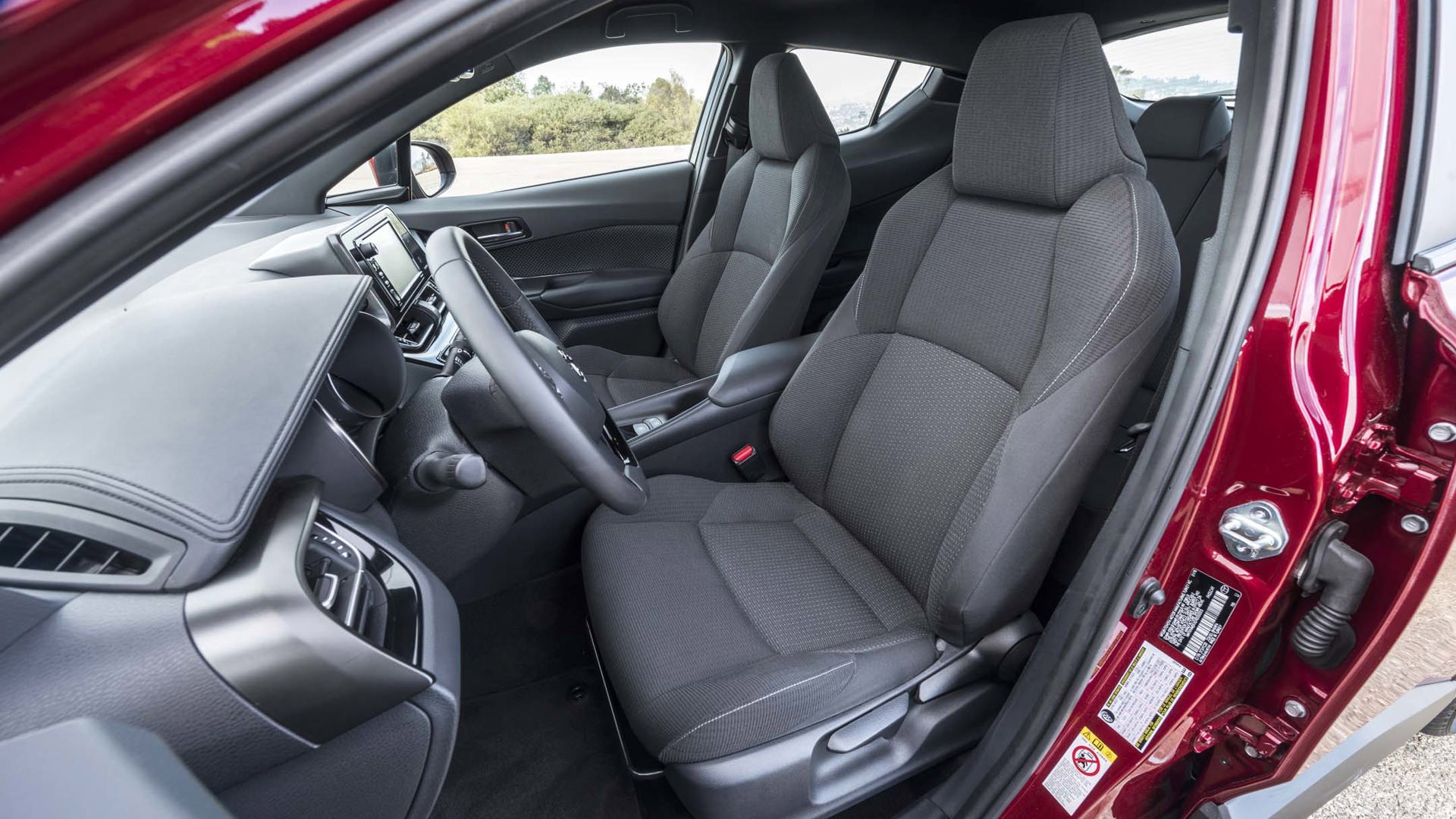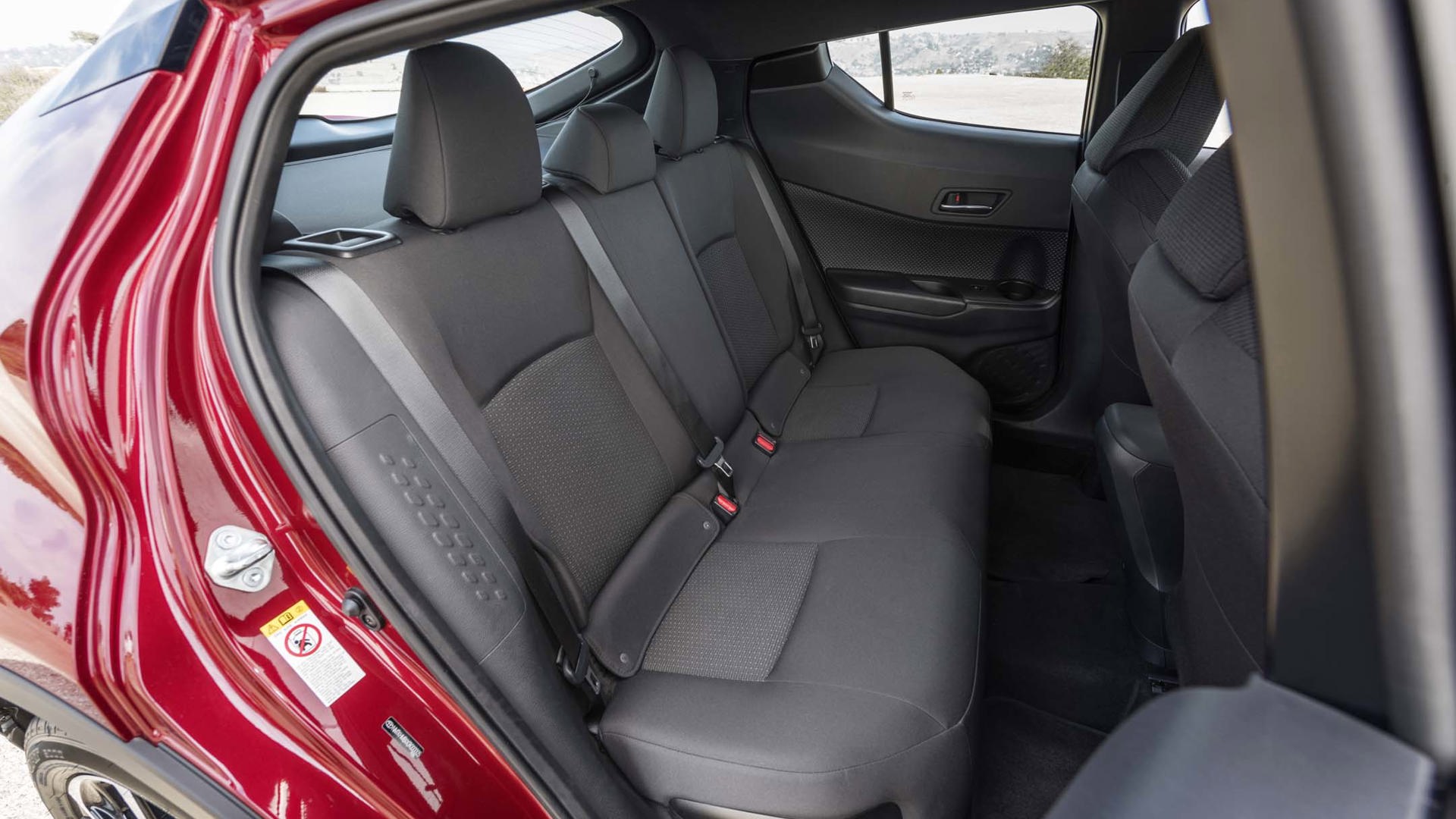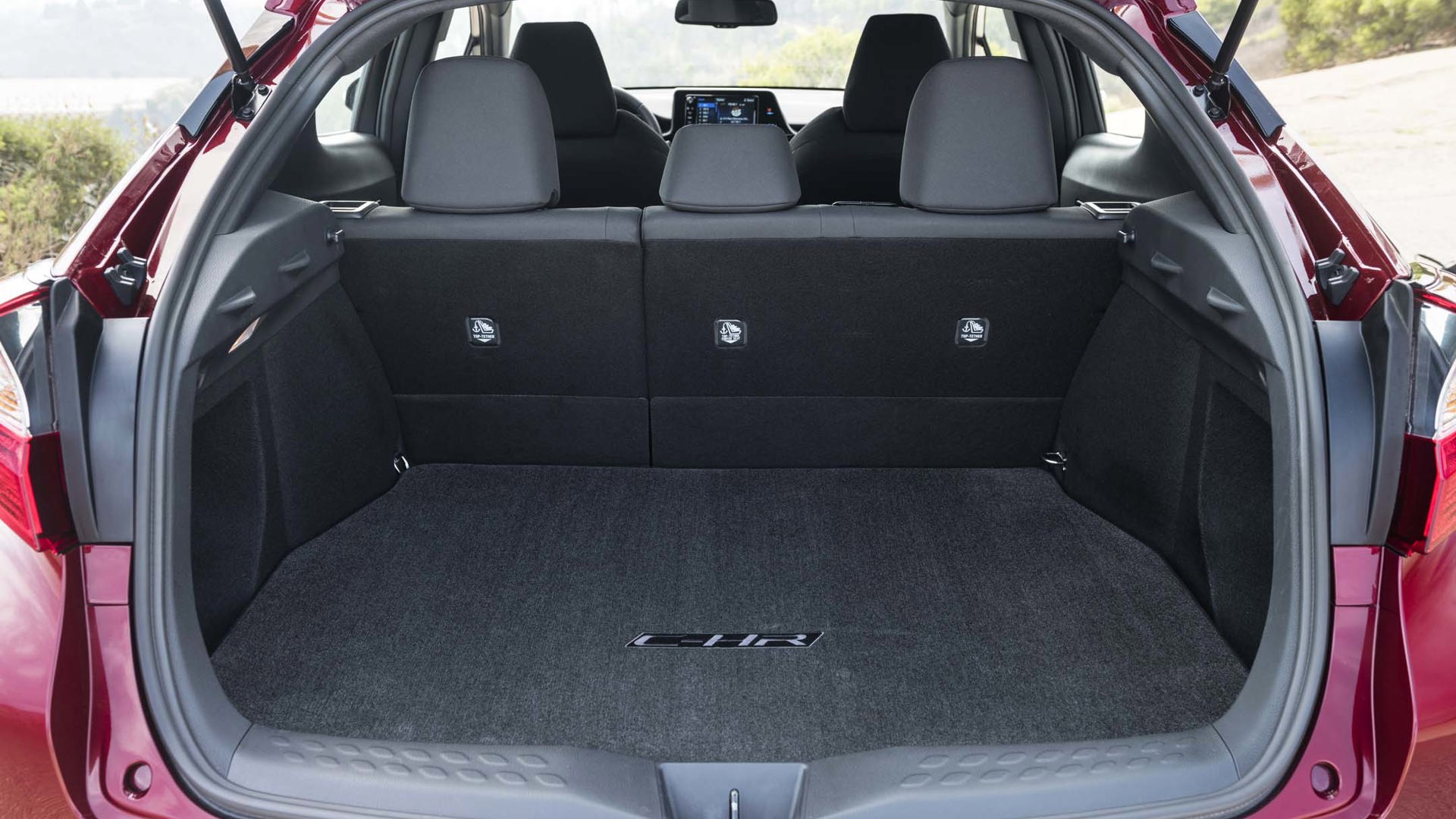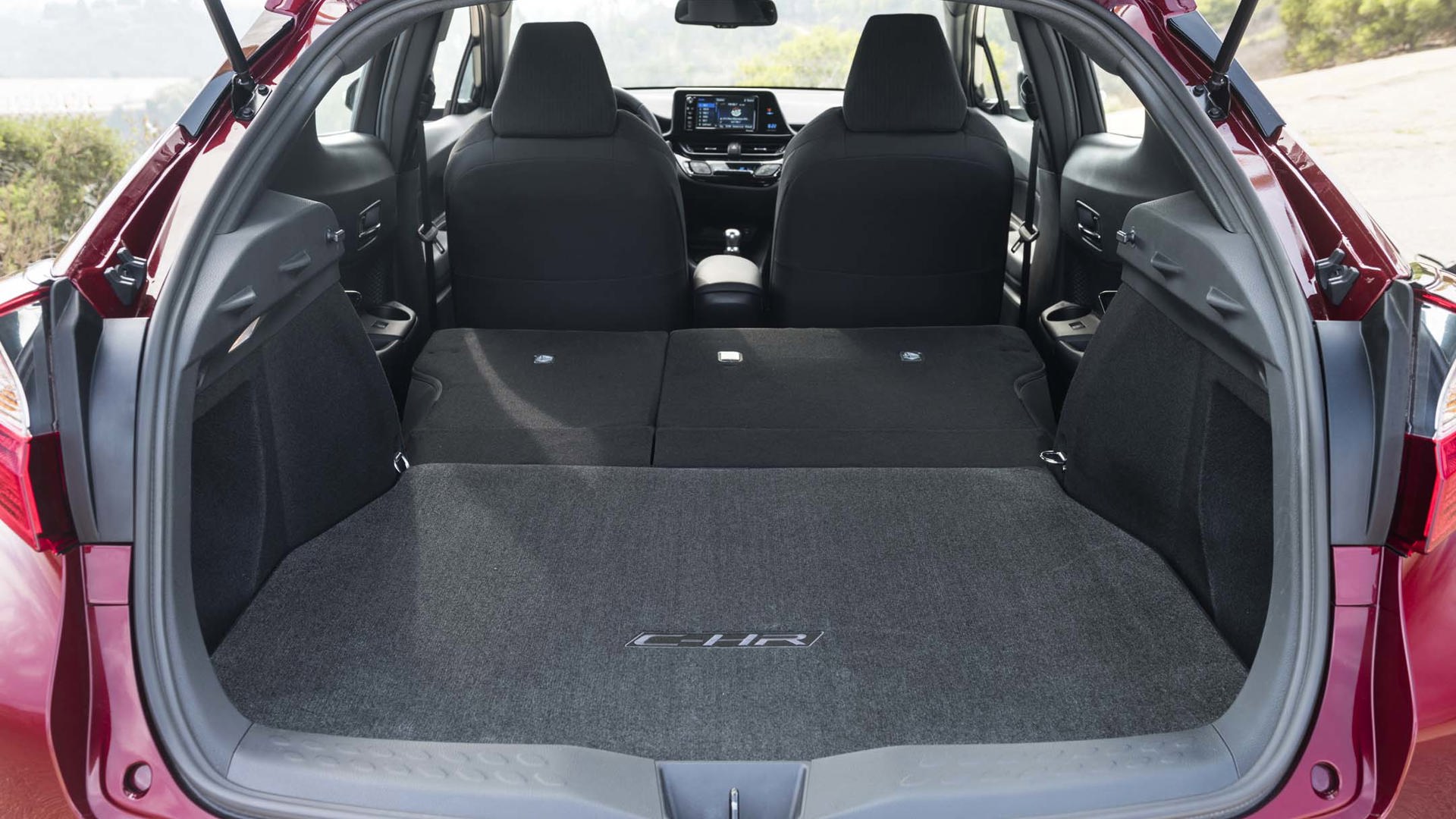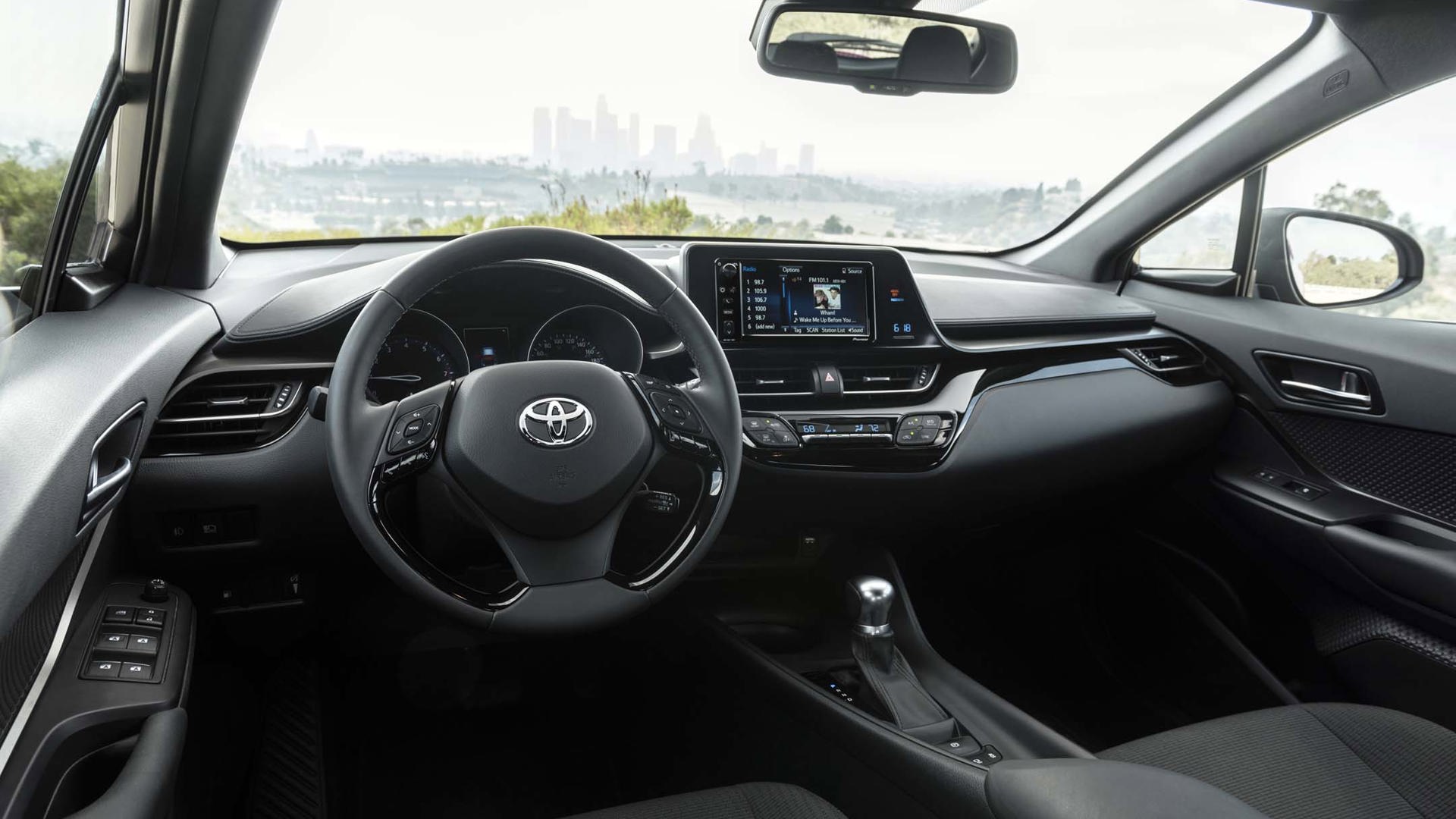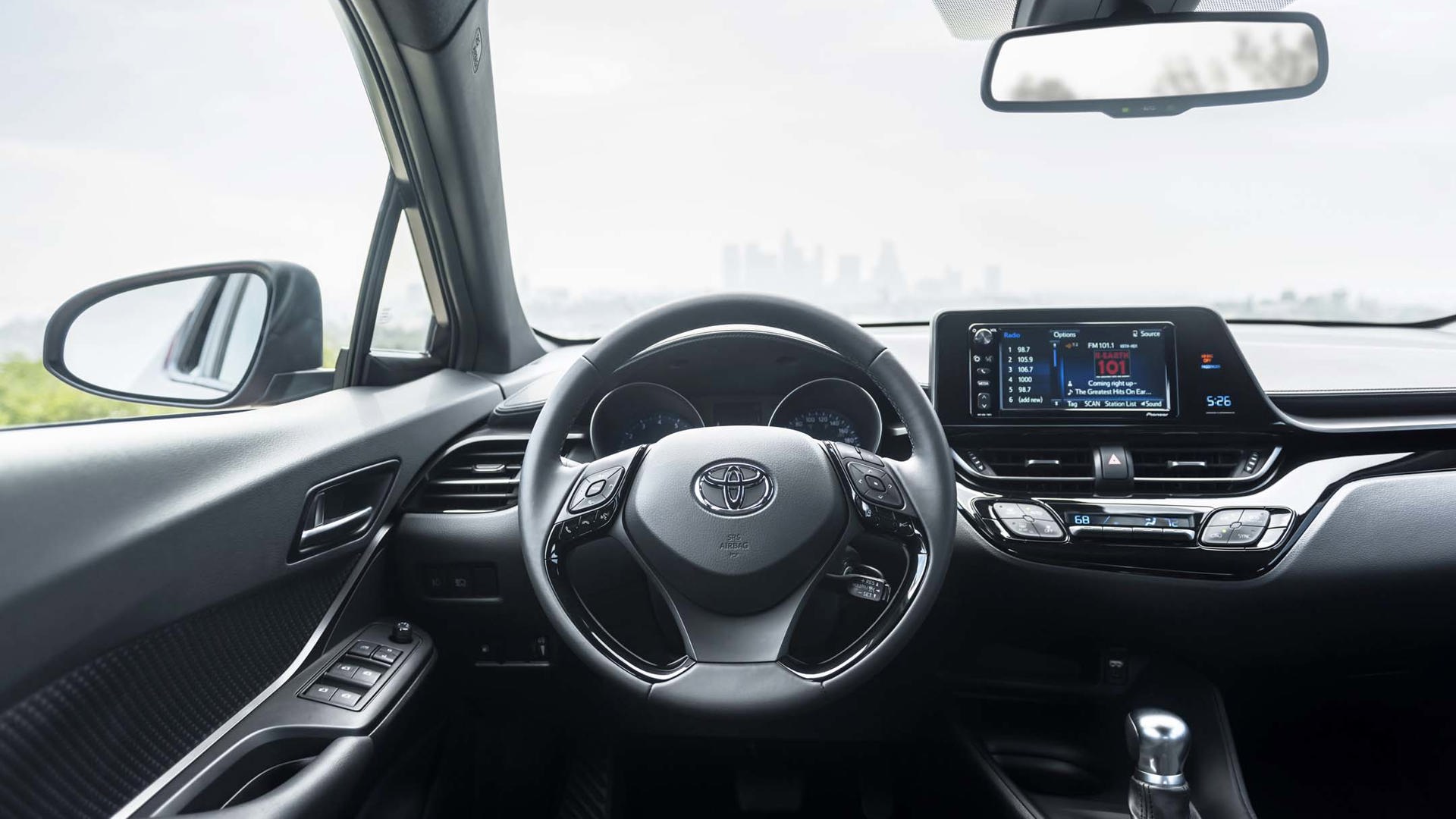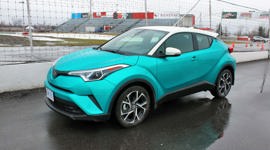The production version of Toyota’s boldly styled C-HR crossover made its North American debut in LA this week and it shares many of the dramatic styling features of the Scion C-HR concept shown at last year’s LA Auto Show. Smaller than the RAV4, the 2018 C-HR – which stands for Coupe High-Rider – is a four-door, five-passenger front-wheel-drive crossover about the size of a Honda HR-V, but lower in height for a sportier stance.
The C-HR is a dramatic styling statement from one end to the other – its protruding front bumper and wraparound headlights, bulging fenders, prominent body creases, high belt line, “hidden” rear door, sloping roof, protruding taillight assemblies and rear spoiler are unapologetically bold, making the Honda HR-V and Mazda CX-3 look comparatively boring. Whether the C-HR is a trendsetter or a misadventure remains to be judged in showrooms across Canada.
In Canada, the C-HR will be powered by a 144 hp 2.0L four-cylinder engine mated to an all-new continuously variable transmission (CVT) with a Sport mode and simulated seven-speed sequential manual shifting mode. The driver-selectable Sport mode quickens throttle response, enhances CVT shift “step-up” points and firms up the steering for improved performance. For do-it-yourself-ers, moving the gear shift lever over to the left allows the driver to shift manually for an even more engaging driving experience.
Though it’s a “utility” vehicle, Toyota made sporty handling a priority. Suspension development was overseen by Toyota Deputy Chief Engineer Hiro Koba, who is “a diehard racer at heart.” Testing at the famous Nürburgring racetrack helped develop ride and handling characteristics that are reputed to be “well-sorted, civilized and highly-capable.” The C-HR features a fully independent suspension: front MacPherson struts and rear double wishbones.
Inside, the C-HR’s “sleek and sensual” interior features a high-riding seating position, commanding forward visibility, a sweeping driver-oriented dashboard, unique interior lighting, twin gauges with central 4.2-inch information display, and a stand-up 7-inch centre touchscreen.
In Canada the 2018 Toyota C-HR will be offered in XLE and XLE Premium trims in front-wheel drive only. Standard equipment will include 17-inch tires and alloy wheels, 7-inch touchscreen, rearview camera, HD radio, Bluetooth phone and audio, dual-zone automatic climate control, heated front seats, driver’s power lumbar, electric parking brake, auto-dimming rearview mirror, 60/40 fold-flat rear seatbacks.
A comprehensive list of safety features includes forward collision warning, automatic emergency braking with pedestrian detection, lane departure alert with steering assist, full-speed dynamic radar cruise control, automatic high beams, hill-start assist, and ten standard airbags.
XLE Premium trim upgrades to 18-inch tires and alloy wheels, keyless entry and pushbutton start, folding heated side mirrors with puddle lamps, blind-spot monitor and rear cross-traffic alert.
Though styling obviously takes precedence over practicality, the C-HR is a hatchback body style with the advantages of a rear liftgate: large cargo opening, roomy cargo area and 60/40 fold-down rear seatbacks that fold flat.
The 2018 Toyota C-HR is scheduled to arrive in Canadian dealerships in the spring of next year. Pricing is yet to be announced.

